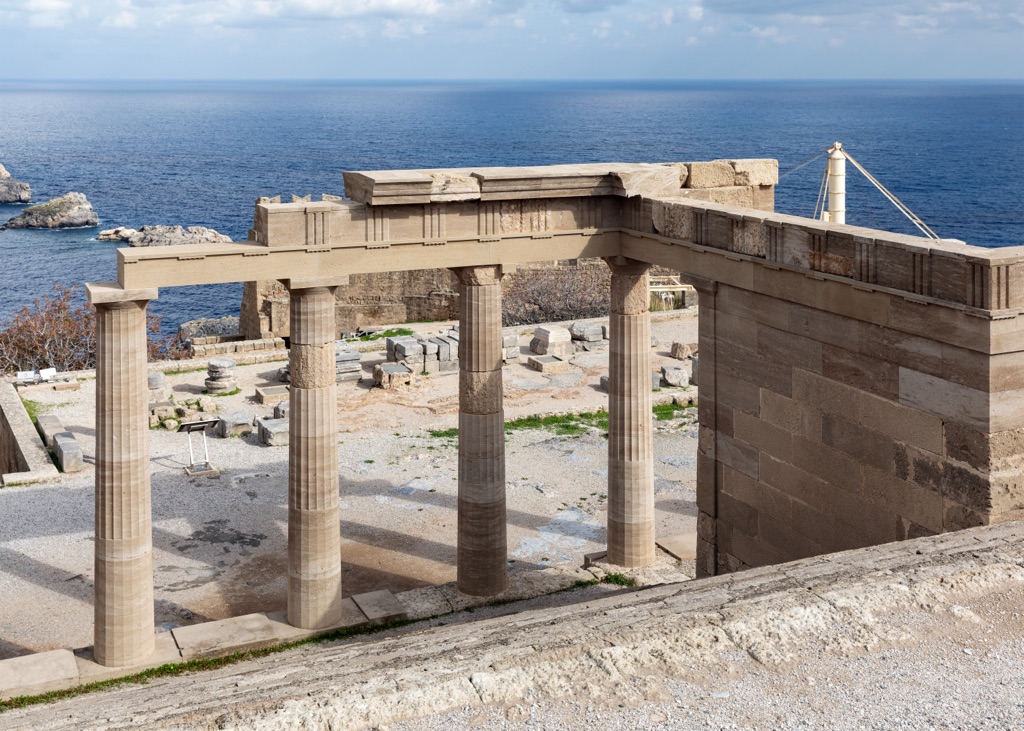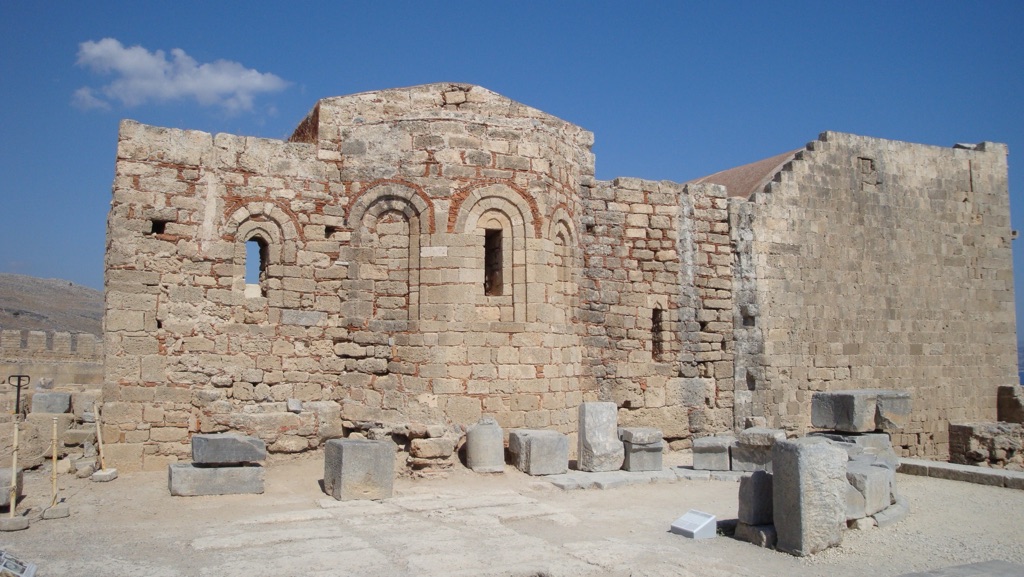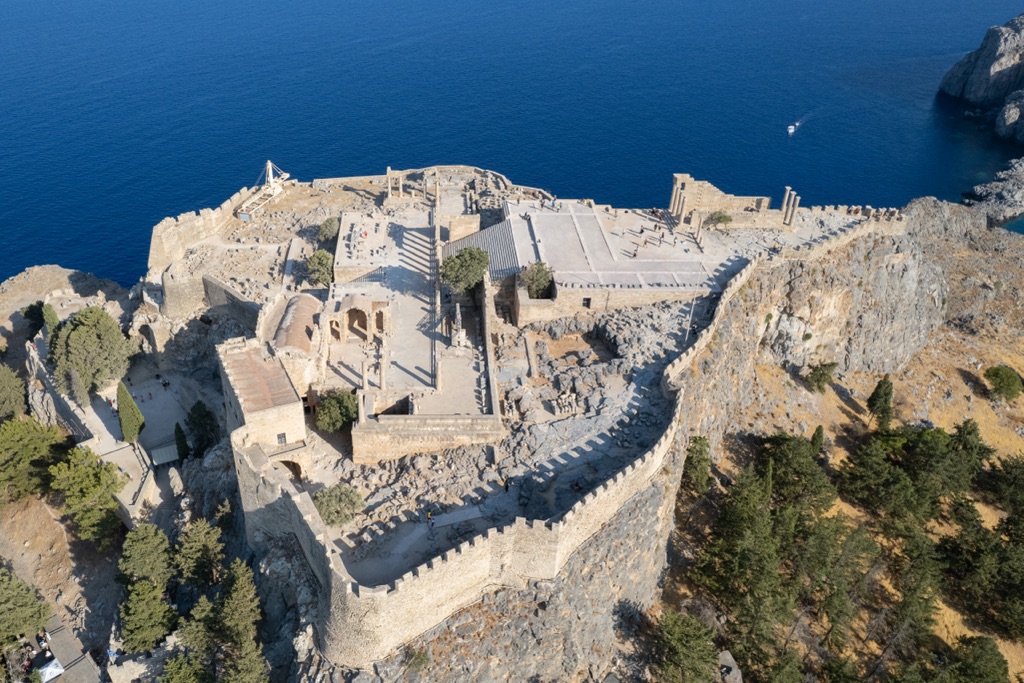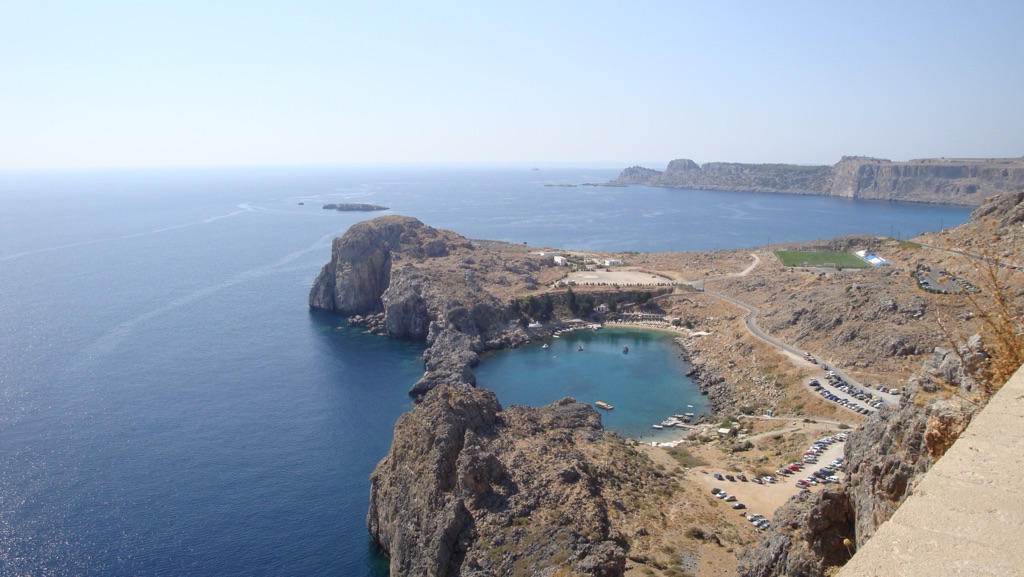The Lindos Acropolis, perched on a cliff overlooking the Aegean Sea, is a testament to ancient Greek civilization. This archaeological site on the island of Rhodes boasts a rich history that spans centuries. It features remnants of temples, public buildings, and fortifications. The acropolis served as a significant religious and political center, reflecting the power and culture of its era. Today, it stands as a symbol of the architectural prowess of the ancients and offers invaluable insights into their way of life.
Get your dose of History via Email
Historical Background of Lindos Acropolis
The discovery of the Lindos Acropolis dates back to the early 20th century. Archaeologists, led by Danish experts, began systematic excavations in 1902. They unearthed a site with a history as captivating as its views. The ancient Greeks, specifically the Dorians, built the acropolis around the 10th century BC. Over time, it became a vital hub for the island of Rhodes.
Throughout its history, the Lindos Acropolis saw various inhabitants and conquerors. The Knights of Saint John added to the fortifications during the Crusades. This blend of cultures and eras is visible in the ruins. The site was also pivotal in historical events, such as the siege by Demetrius Poliorcetes in 305 BC.

The acropolis boasts structures like the Temple of Athena Lindia, dating back to the 4th century BC. This temple, dedicated to the goddess Athena, was the heart of the site. The ancients held festivals and rituals here, marking it as a place of worship and celebration.
Later, during Roman and Byzantine times, the acropolis continued to thrive. It served as a stronghold and administrative center. The medieval fortifications added by the Knights of Saint John tell tales of a strategic military site during the crusades.
Today, the Lindos Acropolis is not just an archaeological treasure but also a cultural beacon. It draws visitors from around the world, eager to step back in time. The site’s historical significance is undeniable, as it provides a window into the past civilizations that shaped it.

About Lindos Acropolis
The Lindos Acropolis stands as a marvel of ancient architecture. Its structures, crafted from local limestone, have withstood the test of time. The most prominent feature is the Doric Temple of Athena Lindia. It showcases the classic Greek architectural style with its columns and steps leading up to the sacred space.
Another significant structure is the Propylaea, the grand entrance to the sanctuary. It mirrors the grandeur of the Propylaea on the Athenian Acropolis. The Stoa, a covered walkway, provided a place for ancient Lindians to gather and socialize. Its remains hint at the community life of the time.
The site also includes a Hellenistic stoa and a Roman temple, revealing the layers of history present at the acropolis. The Hellenistic stoa, with its long, open hall, was likely a place for commerce and public affairs. The Roman temple, although less well-preserved, indicates the continued religious significance of the site.
The fortifications, built by the Knights of Saint John, are a testament to the acropolis’s strategic importance. These medieval defenses blend with the ancient structures, creating a unique historical tapestry. The walls and towers provided protection against invaders and pirates.
Visitors to the Lindos Acropolis can also admire the ancient theatre. Carved into the hillside, it once hosted dramatic performances and public gatherings. Its design reflects the ingenuity of ancient Greek engineers and their understanding of acoustics.

Theories and Interpretations
The Lindos Acropolis has been the subject of various theories and interpretations. Its primary use was religious, as evidenced by the Temple of Athena. However, some suggest it also had astronomical significance. The alignment of certain structures may have been used for celestial observations.
Mysteries surround the acropolis, such as the purpose of certain unexplained features. Some stones bear inscriptions whose meanings are still debated by scholars. These inscriptions may hold clues to the site’s past and its role in the ancient world.
Historians have matched the physical evidence at the acropolis with historical records. This has helped to confirm events like the siege by Demetrius Poliorcetes. It also provides context for the site’s evolution over time.
Dating of the structures has been carried out using methods like stratigraphy and pottery analysis. These techniques have helped to establish a timeline for the construction and use of the acropolis. They also reveal the influence of different cultures on its development.
The interpretations of the Lindos Acropolis continue to evolve as new discoveries are made. Each layer of excavation can offer fresh insights into the ancient world. The site remains a focal point for research and study, captivating historians and archaeologists alike.
At a glance
Country: Greece
Civilization: Ancient Greeks, specifically the Dorians
Age: Approximately 3000 years old, dating back to the 10th century BC
Conclusion and Sources
Reputable sources used in the creation of this article include:
- Wikipedia: https://en.wikipedia.org/wiki/Lindos
- Britannica: https://www.britannica.com/place/Lindos

